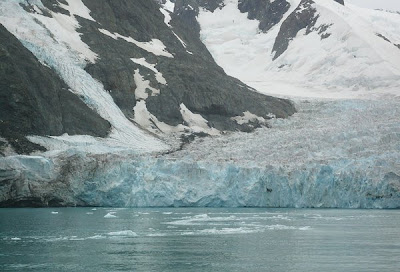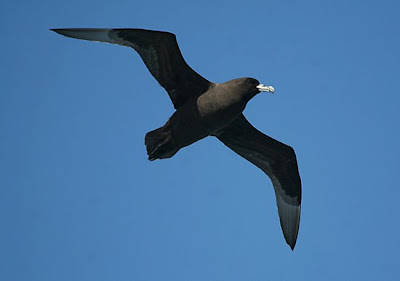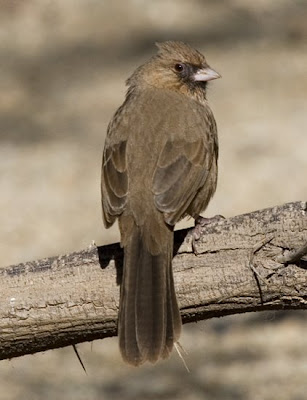Antarctica: Outline of the trip

From home base in Ohio, Kenn writes: We traveled to the Antarctic on board the Clipper Adventurer from January 7 to 25, 2009, on a birding and wildlife expedition sponsored by Victor Emanuel Nature Tours. Before and after the voyage we were in Argentina, starting in the capital city of Buenos Aires and joining the ship in the southern outpost city of Ushuaia. The map below will help to put these points in a world perspective. Points for reference: 1. Buenos Aires, Argentina. 2. Ushuaia, Argentina. 3. Antarctic Peninsula. The vast majority of expedition cruises to Antarctica go from South America to the Antarctic Peninsula, and the map shows why. South America extends much farther south than Africa or Australia, and the Antarctic Peninsula is the northernmost point of the white continent, so the crossing is feasible for many kinds of ships. There are also some expedition cruises that go south from New Zealand and take in the subantarctic islands of that country, and a few cruises tha...









